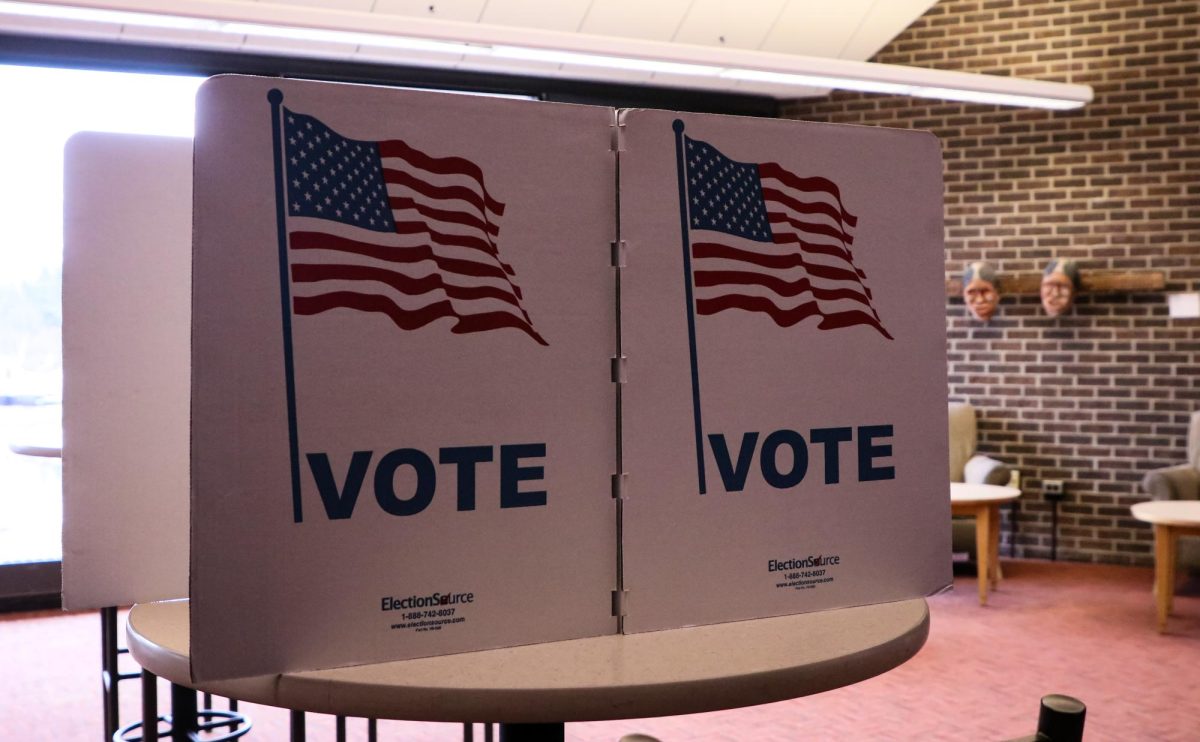Letter to the Editor: There are two sides to the ‘Buffett Rule’
Feb 2, 2012
Dear Editor,
I would like to respond to Mr. Justus’ editorial, “Obama’s ‘Buffet Rule’ makes good old-fashion sense” published in the January 29th edition of the Lanthorn.
Mr. Justus paints a portrait of only one side. The ‘Buffet Rule’ is based on the Idea that Warren Buffet pays a lower tax rate than his secretary. Buffet does pay a lower rate, but that is because his secretary pays federal income taxes and he pays capital gains tax, which is set at 15% no matter how much you make. Mr. Justus writes that the Buffet rule would eliminate common deductions for individuals earning over $1 million annually and thus make rich people pay a higher tax rate than their secretaries.
The problem is that Buffet pays the government in capital gains tax, so eliminating deductions would not fix this problem because deductions only affect income taxes.
Mr. Justus also writes about Mitt Romney’s effective tax rate of 13.9% on $21 million of income.
Of course Romney can lower his effective tax rate because of deductions which Justus explains. But what he fails to point out is that the effective income tax rate for lowest two quintiles is negative. Meaning, if you divide the people paying taxes into fifths, the lowest 2/5th’s actually don’t pay into the government, they get credit for the income tax they paid in. The middle fifth has an effective rate of only 3.3%.
Mr. Justus seems to forget that rich people are not the only ones that get deductions. The lowest income individuals in fact sometimes get money back from the government; they don’t actually pay income taxes.
My source is for these statistics was www.taxpolicycenter.org.
BRENT TAVIS
GVSU STUDENT

























